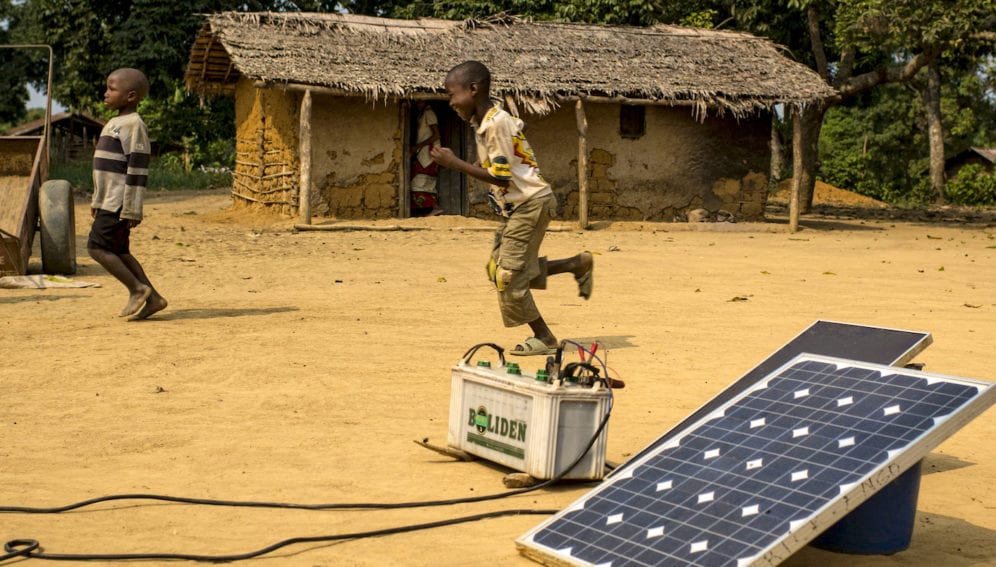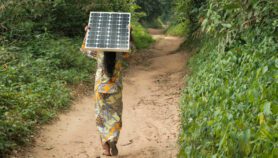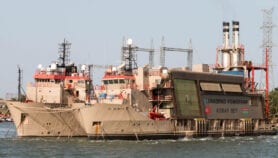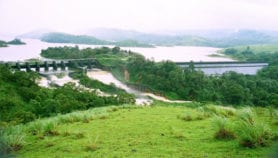By: Lou Del Bello
Send to a friend
The details you provide on this page will not be used to send unsolicited email, and will not be sold to a 3rd party. See privacy policy.
Last week I joined policymakers, NGO representatives and energy entrepreneurs from Africa and Europe in Addis Ababa, Ethiopia, to talk about energy.
My fellow delegates were from the Africa EU Energy Partnership (AEEP), which was launched in 2007 with the aim of improving energy supply and increasing access to renewable energy in Africa. At a meeting in Vienna in 2010, the partnership committed to bringing access to “modern and sustainable energy services to at least an additional 100 million Africans” by 2020.
At the time of that meeting less than half of the more than 1 billion Africans had access to electricity. The partnership advised policymakers and the private sector in order to improve energy capacity and dramatically increase this number.
Their plan was to have 10,000 MW of new hydropower facilities, 5,000 MW of wind power capacity and 500 MW of solar capacity across Africa by 2020. They also wanted to double the use of natural gas in Africa.
The meeting in Addis — the Second High Level Meeting of the AEEP — was convened in order to take stock of the challenge. But when the first status report was presented, the reality proved to be more complicated. Africa is far from being on track with energy progress.
Targets related to increasing the use of fossil fuels are already labelled as “missed”, and renewable projects are being implemented too slowly.
“For the future, we need to work more on energy provision on a small scale.”
Jacob Waslander
But rather than a lack of ambition, the problem could be the data collected in 2010 and used to provide a baseline picture of Africa’s energy situation. Many now question the robustness of this baseline.
In a press conference, Jacob Waslander, head of the climate change and energy division at the ministry of foreign affairs of the Netherlands, one of the AEEP partner countries, said: “Let's be honest about it, we are not going to meet the targets set for 2020. If we continue the way we are, we won’t walk the talk.”
Think small
Later on, I spoke with Waslander to understand what has gone wrong.
“Data collection is not up to standard in Africa, and it certainly played a part in how the goals were set,” he told me.
The report confirms that much of the data collection and interpretation methodology applied to African energy are very poor. The AEEP lacks the resources needed to monitor energy consumption and efficiency.
“For the future, we need to work more on energy provision on a small scale,” Waslander said.
Energy access, necessary to provide basic services such as lighting and cooking that can significantly improve the life of the poor, has seen alarmingly slow progress in the last two years. The status report says the targets are “achievable pending policy implementation”, but meanwhile more than half of Africa still lives in the dark, and the AEEP doesn't have the authority to work on implementation.
Another problem is that projects designed to produce huge amounts of energy often fail because they rely on inadequate infrastructure for electricity distribution. Several speakers mentioned that planners lack an effective way to measure the extent of electricity grids and so struggle to assess the reach of power plants.
However, according to the energy entrepreneurs at the conference, a combination of small-scale energy production and electronic monitoring may help solve the problem. For example, local ‘micro-grids’ can produce and deliver solar electricity across small areas and when equipped with ‘smart meters’ — monitoring devices connected to the grid — they provide reliable data on energy use in rural areas.
The word at the conference was that the technology is spreading quickly enough to raise expectations for major improvements in Africa’s energy supply in the coming years.
> Link to the AEEP’s status report














